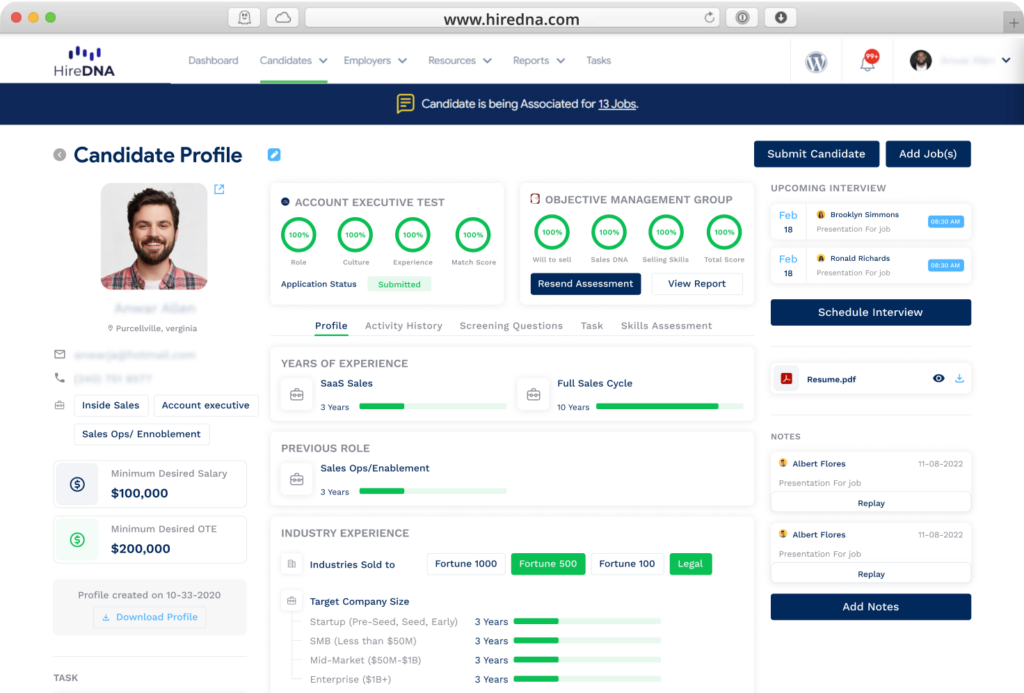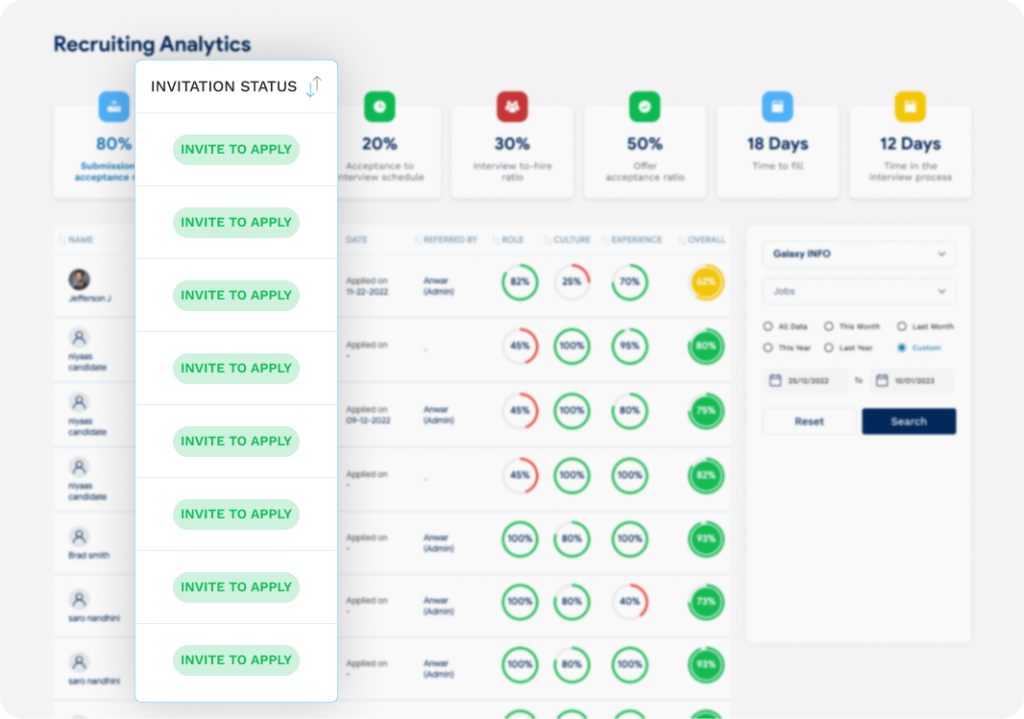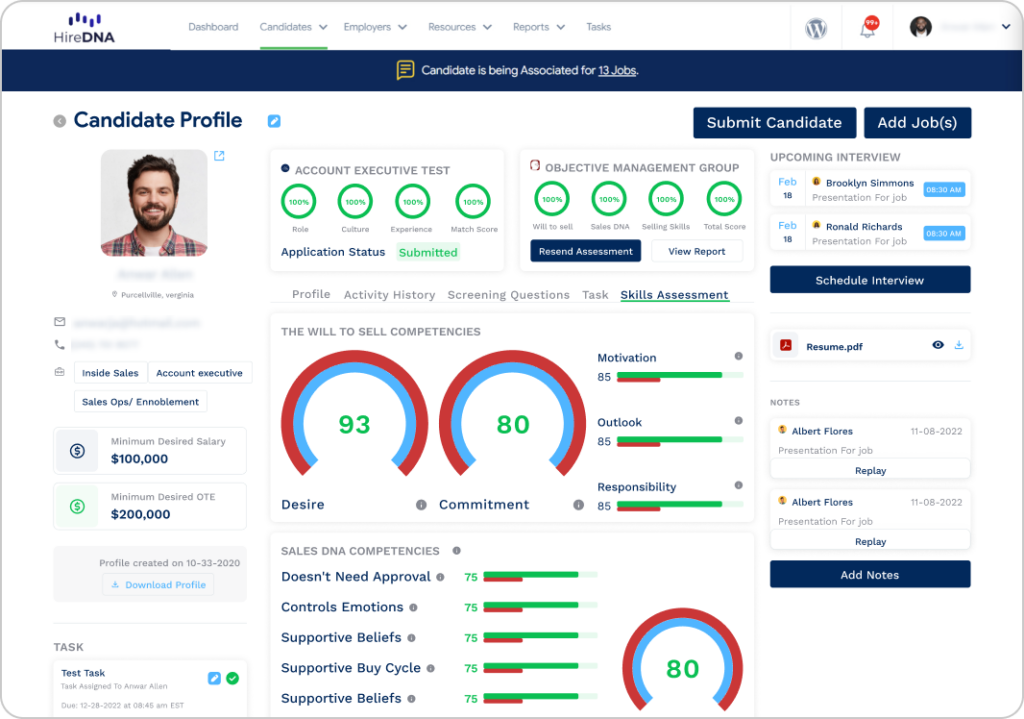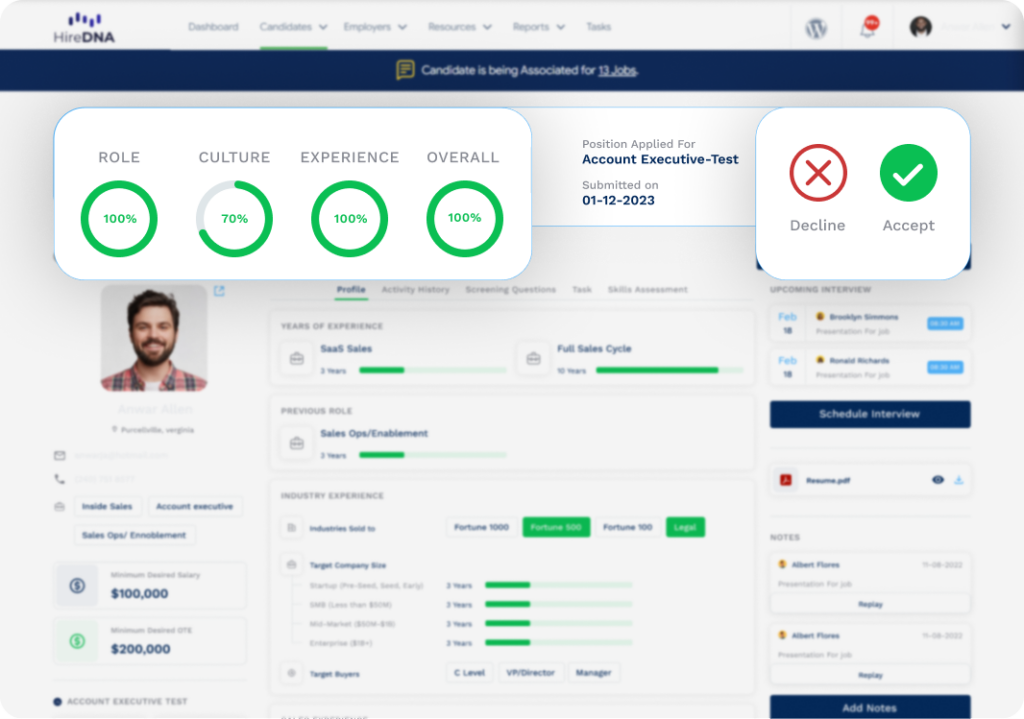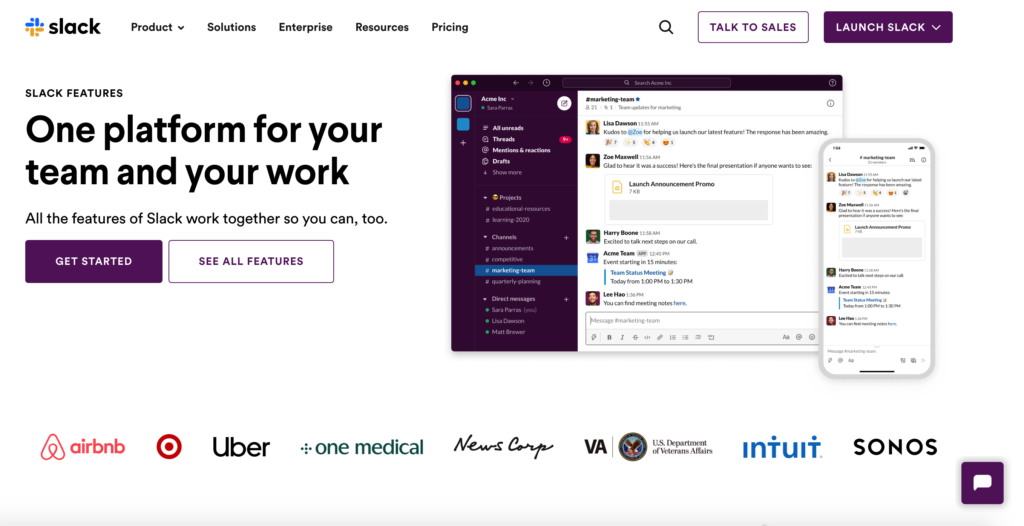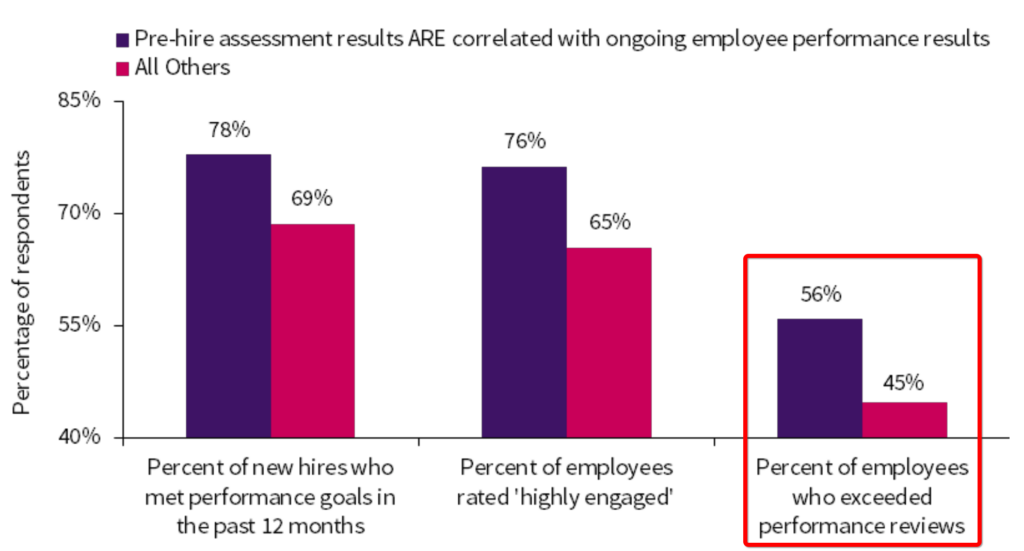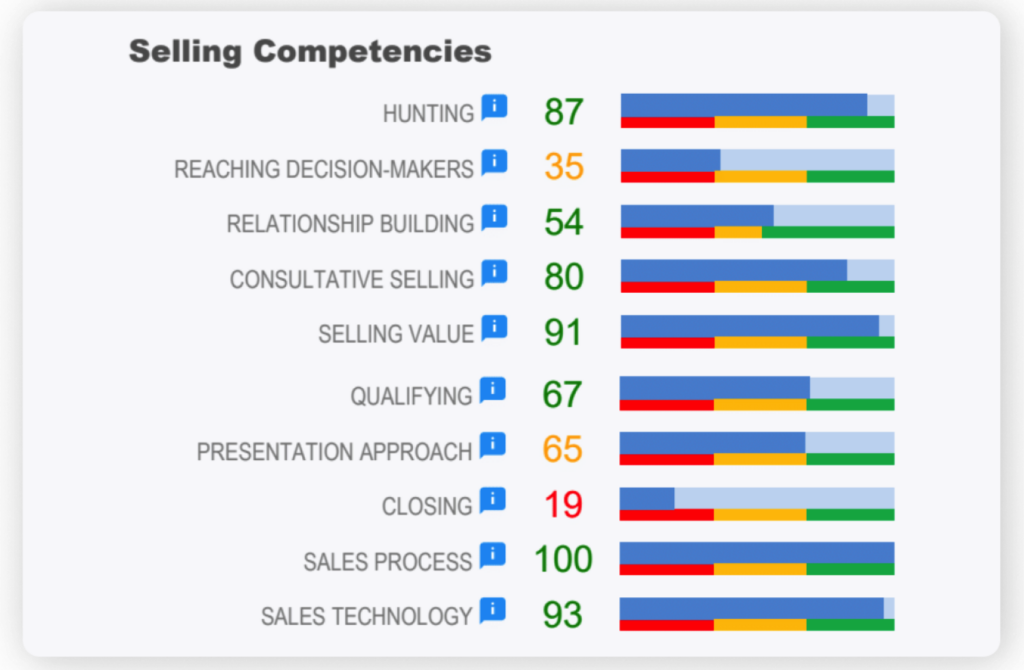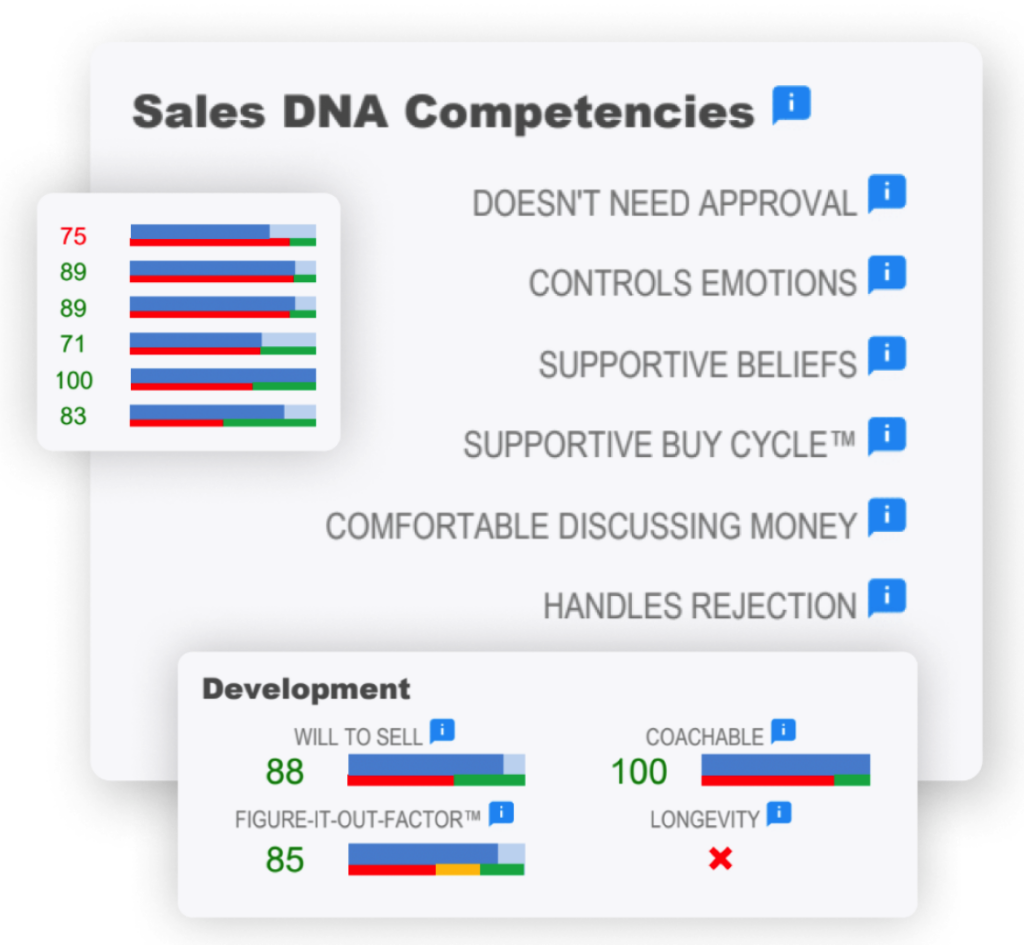Besides having an amazing product, SaaS sales hiring is arguably the most critical part of building a successful business. It’s also one of the most daunting, with Bersin Research, reporting that 75% of companies struggle with SaaS sales hiring.
Even for established companies with deep pockets and a dedicated recruiting team, it can be tricky. But if you’re a new startup just getting your bearings, it can be truly intimidating.
For this post, I’m going to lay down a simple template you can follow to build a winning SaaS sales team from the ground up so you’ll know which specific areas to address and assemble a team of true rockstars. Let’s get right into it.
Figure Out What Type of Culture You Want
It may sound a little cliche, but I believe that building a great SaaS sales team starts with first setting a firm foundation. And perhaps the most integral part of establishing a foundation is deciding what you want your culture to be like.
Why?
Because your culture will set the tone on how you approach sales hiring, what type of salespeople you want, what skills and characteristics you want them to have, and so on. Without a clearly defined culture, you’re almost guaranteed to lack direction, which will throw off every subsequent step in the formula.
So I recommend taking the time to crystallize exactly what type of culture you want. It will likely evolve over time, but having a clear initial snapshot should help you get started out on the right foot. For guidance on this, check out this Forbes article.
Create an Ideal Candidate Profile
Once you have a grasp on the company culture you’re going for, you’ll want to use that to create an ideal candidate profile. This can include industry experience, hard skills, soft skills, talent needs, working style, and so on. The more specific you get, the more likely you’ll be to find winning candidates that will thrive in your sales environment.
A tool you can use to streamline this process is HireDNA, which will help you build an ideal candidate from scratch.
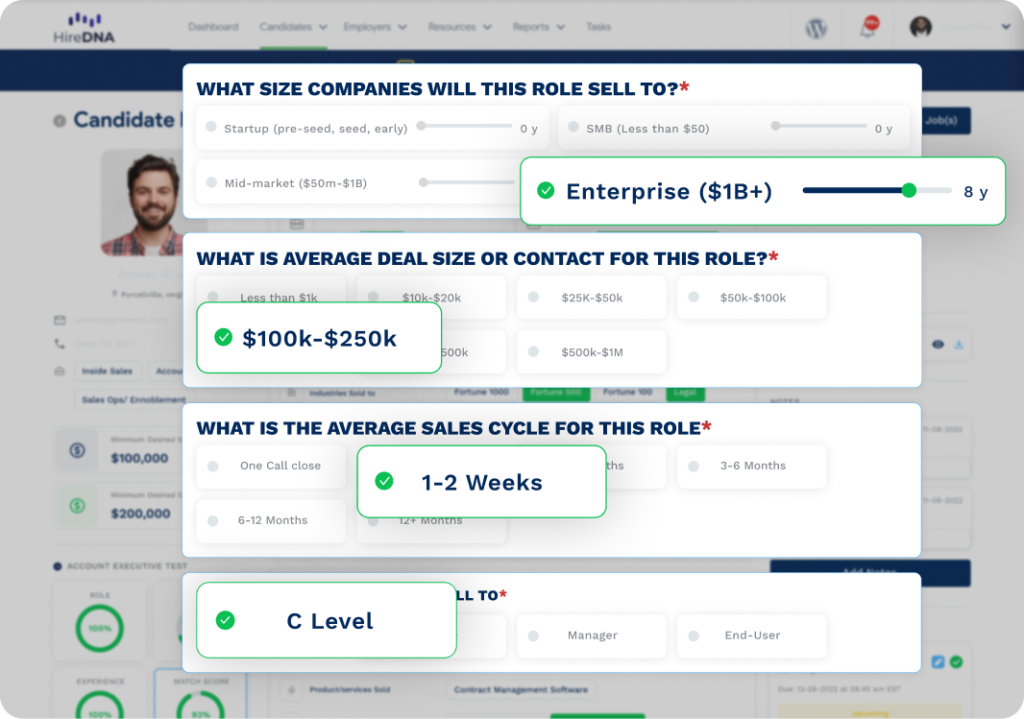
With it, you can pinpoint exactly what you’re looking for in a SaaS salesperson, leaving no stone unturned, which brings us to our next step.
Use Data-Driven Sourcing, Assessments, and Screening
SaaS recruiting has advanced dramatically in recent years. Rather than relying on “old school” tactics for sourcing, assessing, and screening candidates, you can now leverage cutting-edge technology and concrete data that simply wasn’t possible in the past.
With HireDNA, for example, you can tap into a national network of hundreds of thousands of SaaS salespeople — both active and passive candidates — to find relevant professionals based on your ideal candidate profile.
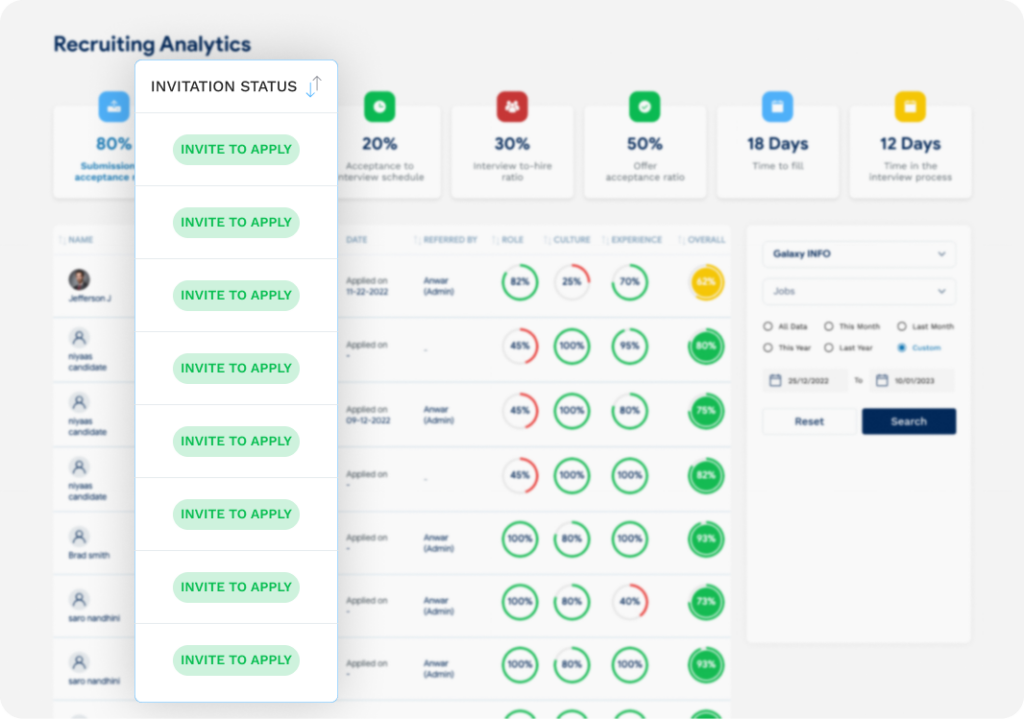
For assessment, HireDNA uses a data-driven evaluation, looking at key factors like the role, your culture, required experiences, and unique selling skills. Each candidate receives a score in each category, and those with a match score of 75% or higher qualify for the position.
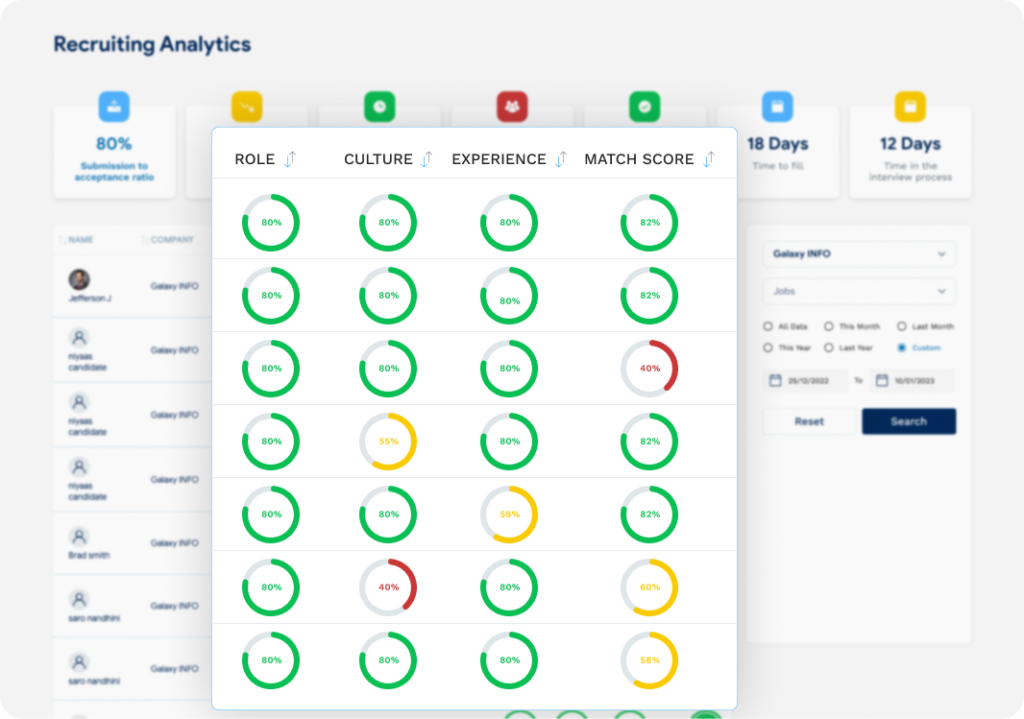
And for screening, HireDNA uses a sophisticated science-based skills assessment that tests 21 core selling competencies, such as the will to sell, motivation, and responsibility.
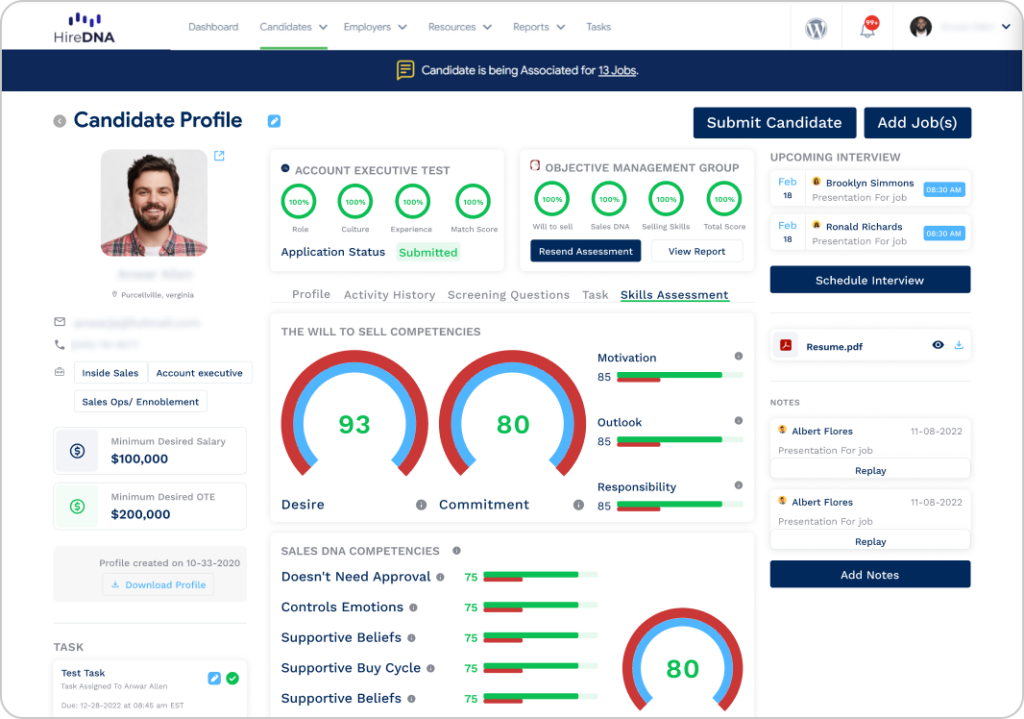
That way, every candidate in your talent pool is thoroughly vetted, and you can narrow it down to the absolute cream of the crop. From there, it’s just a matter of interviewing the list of candidates you’ve shortlisted and choosing those that best match your culture and ideal candidate profile.
Set Your Sales Reps Up for Success
Up until this point, I’ve talked about the steps leading up to the pre-hire moment. But for the rest of the post, I’ll focus on everything post-hire, starting with equipping your salespeople with what they need to succeed.
This typically begins with robust onboarding, which is something I’ve covered extensively in this post. Some essentials of SaaS onboarding include:
- Offering new reps an end-all-be-all orientation resource to quickly get them up to speed
- Formally training them on the software they’ll be selling
- Educating them on buyer personas
- Educating them on your UVP and competitor strengths and weaknesses
Another big piece of the puzzle is providing salespeople with proper mentorship and coaching, especially during the initial stages. This should ensure they have the built-in support system needed to “get in the groove” with minimal friction. Not to mention, it’s an effective way to reduce turnover.
Also, simply making it a point to consistently check in with SaaS salespeople to see how they’re doing and if they’re comfortable can go a long way.
Objectively Assess Performance with Analytics
Finally, you’ll want to identify a list of core metrics that most essential to success and stay on top of them with analytics. You don’t need to go crazy with it and measure every single metric, per se, but you should analyze those that are critical to your bottom line like maximizing revenue, increasing efficiency, and fueling growth.
Some examples include:
- The number of qualified prospects a rep reaches out to
- Conversion rate
- Length of the sales cycle
- Gross revenue
- Long-term sales growth
You can find a list of the best SaaS sales analytics platforms here.
Winning with Your SaaS Sales Hiring
The fact that three-quarters of companies struggle with SaaS sales hiring speaks to the inherent difficulty of the process, especially for beginners. But by following a proven template that checks all the key boxes, you’ll know how to systematically approach the process and assemble a team of professionals that will position your business for success.
To learn more about how HireDNA can help with SaaS candidate sourcing, assessments, screening, and more, schedule a demo today. Companies that use HireDNA are able to cut their hiring time in half and eliminate 96% of hiring mistakes.


